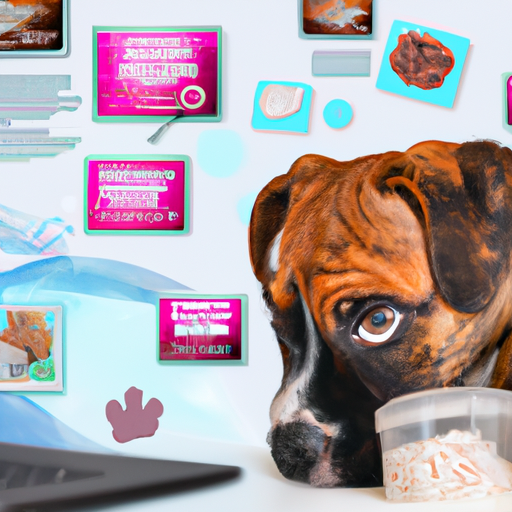As a caregiver, it’s only natural for you to worry about your furry friend’s health. One common issue that you may come across is porphyrin build-up in dogs. This build-up can cause unsightly stains on your dog’s fur, often appearing as red or brown marks around the eyes and mouth. But don’t fret – there are several methods you can employ to reduce porphyrin levels in your beloved pet.
Understanding Porphyrin
Before we delve into solutions, it’s crucial to understand what porphyrin is and why it can become a problem. Porphyrins are natural waste products produced by the body. In dogs, they’re excreted through tears, saliva, and even the paws. When these secretions dry, they can leave a discolored stain on your dog’s fur.
Improving Your Dog’s Diet
First and foremost, let’s look at your dog’s diet. Like humans, dogs are what they eat. A healthy diet can go a long way towards reducing porphyrin production.
- High-quality Dog Food: Make sure your dog is eating high-quality food that’s rich in essential nutrients. Avoid food with filler ingredients like corn and wheat.
- Filtered Water: Instead of tap water, give your dog filtered or bottled water. Some believe that high mineral content in tap water contributes to porphyrin production.
- Additives: Certain food additives can help. For example, adding a bit of apple cider vinegar to your dog’s water can change the pH level of your dog’s tears, reducing staining.
Regular Cleaning and Grooming
Regular cleaning and grooming play a crucial role in managing porphyrin stains.
- Wipe: Regularly wipe your dog’s face with a soft, damp cloth to remove any porphyrin-rich secretions before they dry and stain the fur.
- Shampoo: Use a specially-formulated dog shampoo that can help remove porphyrin stains. Remember to follow the instructions on the label.
- Groom: Regular grooming can help keep staining to a minimum. Keep the fur around the eyes and mouth short to prevent accumulation of secretions.
Medical Interventions
In some cases, diet and grooming may not be enough. If your dog is producing excessive porphyrins, it might be time to consult a veterinarian. They may recommend:
- Antibiotics: Certain antibiotics can help reduce porphyrin production. However, long-term use can have side effects, so this is typically a last resort.
- Eye Drops: Your veterinarian might suggest eye drops to help reduce tear production and, by extension, porphyrin stains.
Supplements to Consider
Certain supplements can help reduce porphyrin production. These include:
| Supplement | Possible Benefits |
|---|---|
| Probiotics | Improve gut health, potentially reducing porphyrin production. |
| Olive Leaf Extract | Known for its anti-inflammatory properties, it can help improve your dog’s overall health. |
| Colostrum | This milk derivative can boost your dog’s immune system, helping to manage porphyrin levels. |
Frequently Asked Questions
Q: Are porphyrin stains harmful to my dog?
A: No, porphyrin stains themselves are not harmful. However, excessive staining could be a sign of other health issues, so it’s worth consulting your vet.
Q: Can I completely prevent porphyrin staining?
A: It’s difficult to completely prevent porphyrin staining since it’s a natural process. However, you can manage and reduce the staining with appropriate measures.
Q: How long does it take to see an improvement in my dog’s porphyrin staining?
A: It can take several weeks or even months to see significant improvements. Patience and consistency are key.
Remember, it’s important to consult with your vet before making any major changes to your dog’s diet or care routine. They can provide guidance tailored to your specific circumstances.



